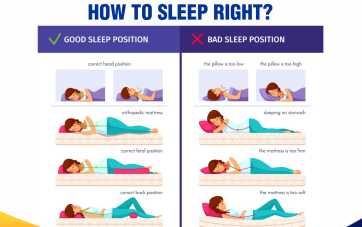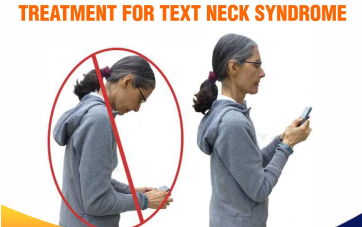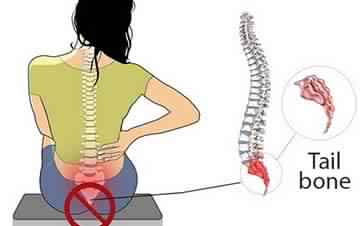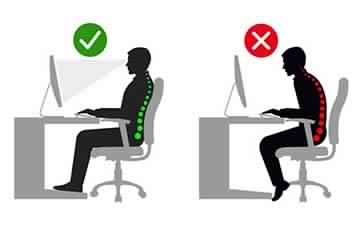VERTEBROPLASTY KYPHOPLASTY
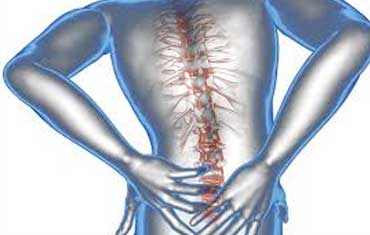
Vertebroplasty is an image-guided, minimally invasive, nonsurgical therapy used to strengthen the vertebra (spinal bone) weakened by fracture, osteoporosis, or cancer. Vertebroplasty can increase the patient's functional abilities, allowing them to return to the previous level of activity, and prevent further vertebral collapse. It is
usually successful at relieving spine pain. It is performed as an outpatient procedure and accomplished by injecting a bone cement mixture through a needle into the fractured bone.
Goals:
• To stabilize the spinal fracture.
What is the procedure:
Typical vertebroplasty involves the following steps
The patient is taken to OT and given local anesthesia over skin or light sedation sometimes.
• A biopsy needle is guided into the fractured vertebra, under fluoroscopy guidance, through a small puncture in the patient’s skin.
• Specially formulated acrylic bone cement is injected under pressure directly into the fractured, filling up the spaces within the bone. This makes a type of internal cast (a cast within the vertebra) to stabilize the vertebral bone.
• The needle is removed and the cement hardens quickly (within 10 minutes), sealing the fragments of the fractured vertebra and stabilizing the bone.
• The small skin puncture is covered with a bandage.
• Shortly after the cement has hardened, the patient is free to leave the medical facility and can go home the same day.
Recovery from Vertebroplasty:
• The patient is usually advised to rest for at least 24 hours.
• Activities may be increased gradually and most regular medications can be resumed.
• Many patients undergoing percutaneous vertebroplasty experience 90-100 percent, reduction in pain within 24-48 hours. Their ability to carry daily activities increases shortly thereafter.
